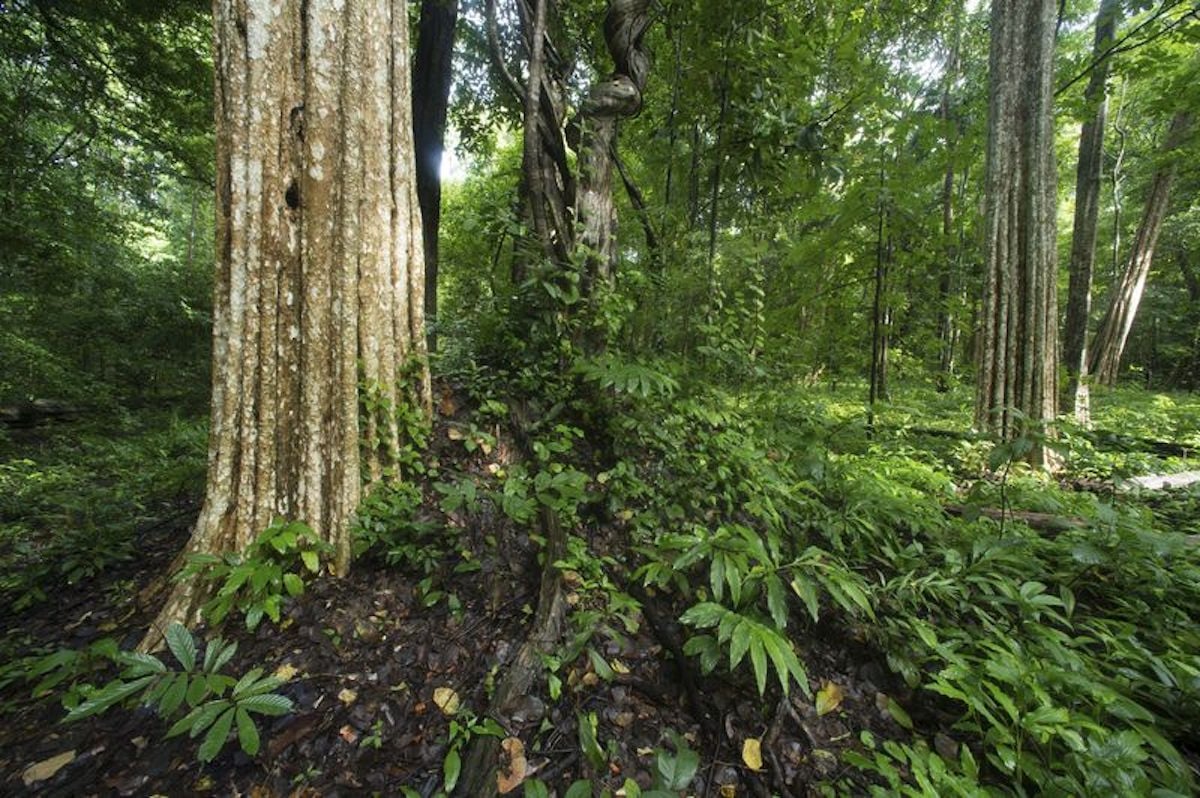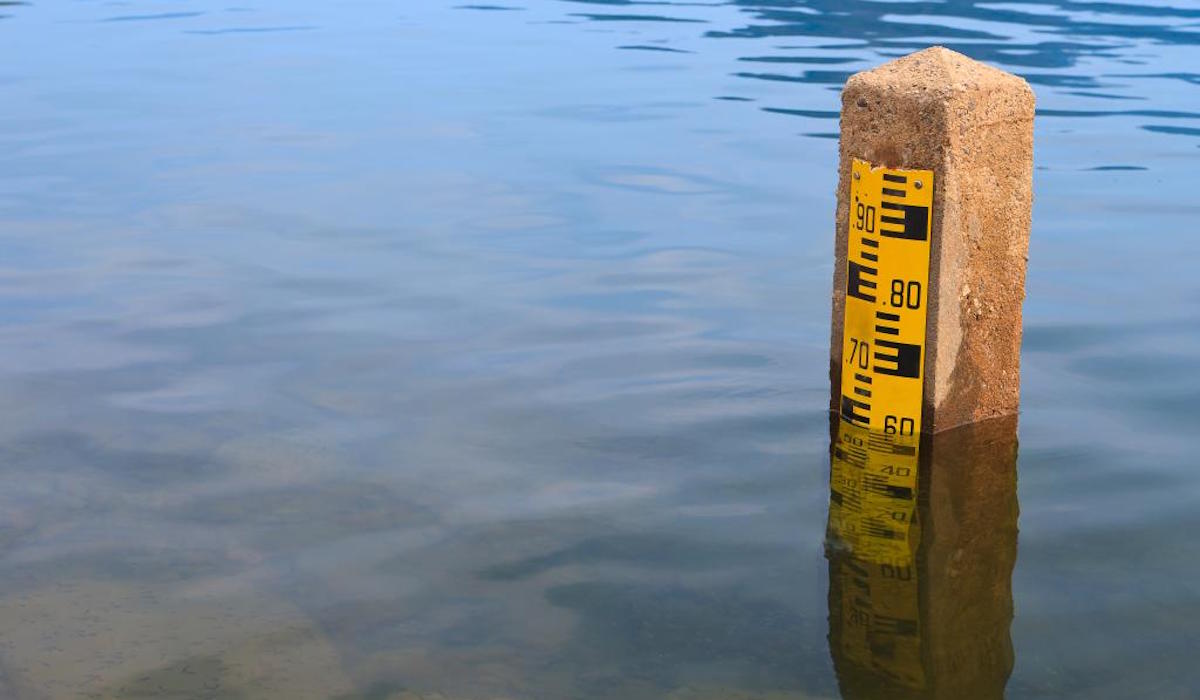For the Chong people of Cambodia, Siamese crocodiles are revered, respected, and left alone.
But several times a month, Put Poeurn goes looking for them.
Wearing the everyday clothes of rural Cambodia – old jeans, faded collared shirt, and sandals – plus a GPS and machete, he ventures through forest rivers to investigate signs of illegal hunting. This time of year, amid the six-month rainy season, “it is much harder to walk around the area where they live, as the water is deeper and the plants higher,” says Mr. Put Poeurn. But even when checking crocodile nests, he’s not scared: thanks to his yearly offering at a forest shrine, he says, the crocodiles will leave him be.
Put Poeurn is one of the wardens at the frontline of efforts to ensure that human activity does not disturb the critically endangered crocodiles, a job he took over from his father four years ago. Rampant deforestation and development have increased pressure on animals throughout Cambodia. They’ve especially intensified in the country’s “spirit forests,” as the hill communities like the ethnic-minority Chong call them, which are some of the creatures’ last refuges. But the changes also threaten their culture, as the landscape that’s sustained them for centuries transforms and draws more outsiders to the region.





